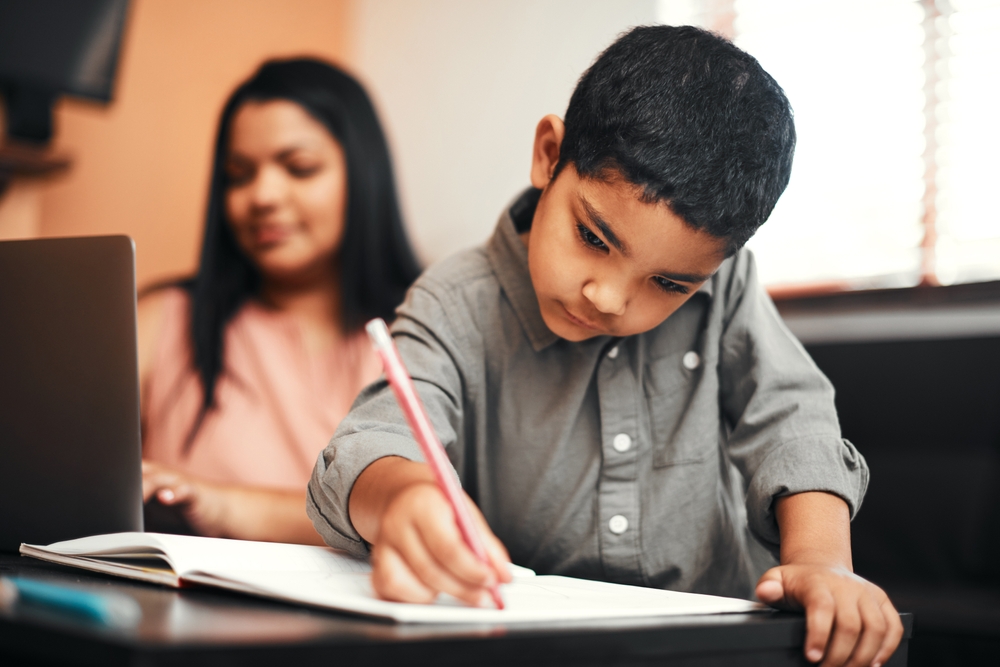.avif)
Tonight, I set my daughter up for her virtual small group session with Ms. Sara at Redwood Literacy. She’s starting SPELL-LinksTM and I’m so eager to see how it helps her.
I’ve come to the realization that though I am committed to supporting my daughter in whatever way I can, I also need and want regular help as we enter the second half of her 1st grade year. It’s too much for just me, or just my partner and I, to tackle alone. My relationship with my daughter calls for all sorts of different kinds of energy, and in order to do my best for her, I need reliable help in supporting her learning to read comfortably and confidently.
She’s going to get 150 minutes of live intervention a week that I know is researched-based and delivered with optimism and empathy. She’s going to work with other students who are in a very similar place with their reading skills, right at her age level. I hope it helps her feel less alone.
I have a basket of decodable readers from High Noon by our couch. We try to read one out loud together once a day and we are successful at meeting that goal about 70% of the time. She’s growing in her confidence, little by little, and needs a little less prompting than she did last month at this time. We can both feel the progress. It’s small but mighty.
I bought some cardstock and fancy markers and we’ve been writing letters to her friends, tapping out each word as we go, sound by sound, slow and steady. We keep an iPad nearby to support us by double-checking our spelling. I know all the spelling practice is going to have a direct impact on her reading skills. And she loves dropping the stamped envelopes into the UPS dropbox.
I’m following up with the school to check in on exactly how much my daughter has progressed since they started intervention with her in October. I have a list of very specific questions to ask:
What was her baseline?
How many actual lessons have been logged?
What progress monitoring can I see from those lessons?
What are the tools they are using to measure her reading progress?
Where has she made the most progress?
Where has she been the most stuck?
I anticipate that the progress made thus far this year will not be on track to close the gap and that the next steps will likely be requesting an IEP for her. I’m preparing for the journey I know it will be. In the meantime, I’m feeling very grateful for good help.
She was not thrilled about starting tutoring tonight, so here are a few things we did together that helped ease her into it:
- We prepped her workspace. We decided together that my office was the quietest place for her tutoring sessions and we worked on setting her up at my desk. We lit a candle and sprayed a bit of perfume on her chair, per her request. She got fresh water in her water bottle and a snack to have ready, just in case. She grabbed two sharp pencils in case one broke and two lip glosses of varying colors. She settled her favorite stuffed animal by her feet.
- We moved our bodies. Right before the sessions started we jumped on the trampoline. It started as a rather grumpy jumping session and morphed into one where we couldn’t stop laughing. #success
- We had a heart-to-heart. I looked her in the eyes, put my hands on her shoulders, and with my whole heart told her: “This class is gonna help you learn how to read, and learning how to read will change your whole life.” She gave me a small sly smile and nodded.
As she logged into her first class, Ms. Sara welcomed her and the other two students warmly. I walked out of the room, closed the door, and took a deep breath of gratitude for the gift of good help.

.svg)




